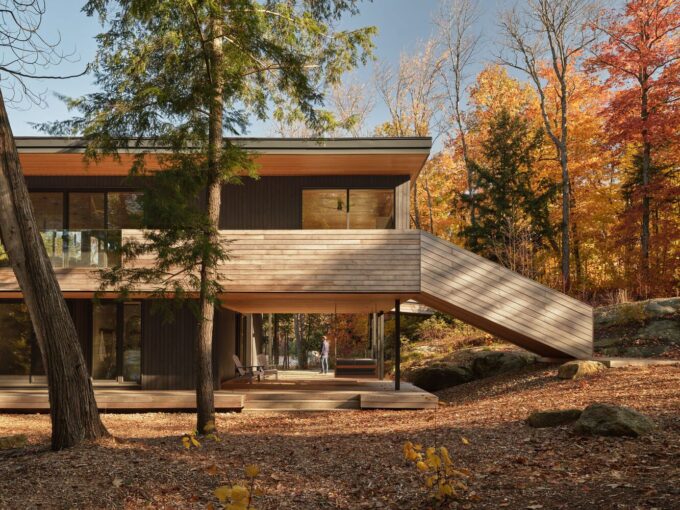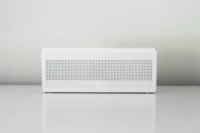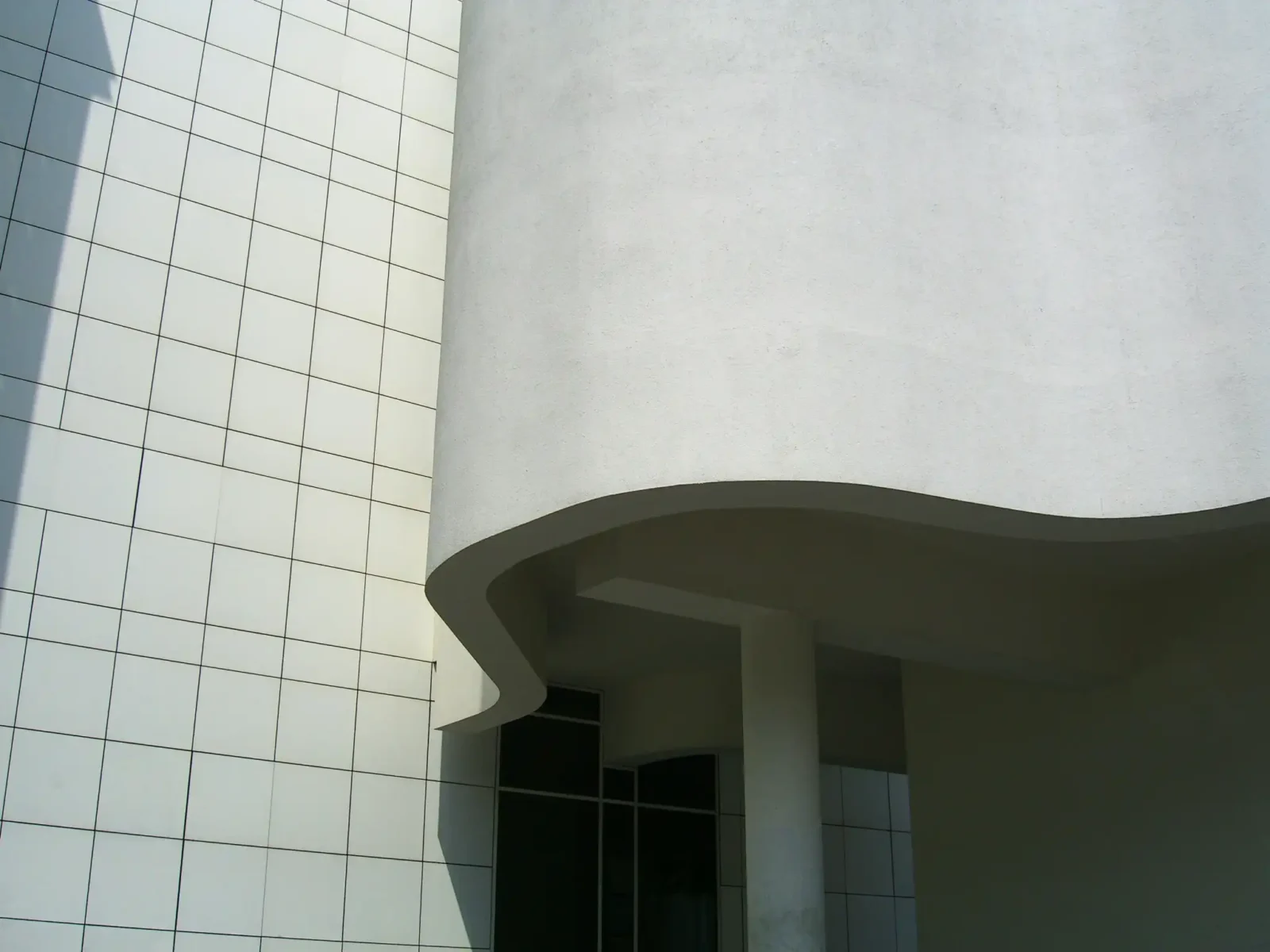- Home
- Articles
- Architectural Portfolio
- Architectral Presentation
- Inspirational Stories
- Architecture News
- Visualization
- BIM Industry
- Facade Design
- Parametric Design
- Career
- Landscape Architecture
- Construction
- Artificial Intelligence
- Sketching
- Design Softwares
- Diagrams
- Writing
- Architectural Tips
- Sustainability
- Courses
- Concept
- Technology
- History & Heritage
- Future of Architecture
- Guides & How-To
- Art & Culture
- Projects
- Interior Design
- Competitions
- Jobs
- Store
- Tools
- More
- Home
- Articles
- Architectural Portfolio
- Architectral Presentation
- Inspirational Stories
- Architecture News
- Visualization
- BIM Industry
- Facade Design
- Parametric Design
- Career
- Landscape Architecture
- Construction
- Artificial Intelligence
- Sketching
- Design Softwares
- Diagrams
- Writing
- Architectural Tips
- Sustainability
- Courses
- Concept
- Technology
- History & Heritage
- Future of Architecture
- Guides & How-To
- Art & Culture
- Projects
- Interior Design
- Competitions
- Jobs
- Store
- Tools
- More
The Basics of Minimalist Storage: Simple Tips for a Clutter-Free Home
Discover the essentials of minimalist storage and learn how to declutter, optimize space, and create a calming, functional environment. With practical tips, multifunctional design ideas, and smart solutions, this guide helps you achieve simplicity, reduce excess, and embrace a more intentional lifestyle for your home. Simplify your space and enhance clarity with ease.

In a world overflowing with stuff, it’s no wonder many of us crave simplicity and order. Minimalist storage isn’t just about tidying up—it’s a mindset that helps us focus on what truly matters. By embracing thoughtful organization, we can create spaces that feel calm, functional, and clutter-free.
We don’t need endless bins or complicated systems to achieve this. Minimalist storage is all about making intentional choices, using what we already have, and finding creative ways to maximize space. It’s less about perfection and more about creating a home that works for us. Let’s explore the essentials that make minimalist storage both practical and achievable.
Table of Contents
ToggleWhat Is Minimalist Storage?
Minimalist storage focuses on reducing excess and organizing essentials with efficiency. It simplifies how we store and access items by emphasizing purpose over quantity. This approach aligns with the idea of intentional living, ensuring that every belonging serves a clear function.
We define minimalist storage by three key principles: decluttering excess, optimizing available space, and maintaining simplicity. Instead of relying on oversized furniture or numerous containers, it leverages thoughtful organization, like using multifunctional solutions and compact designs.
For example, built-in shelving eliminates the need for standalone units, while nesting baskets save space by stacking when not in use. These choices create a system that’s functional and visually clean, avoiding overfilled storage areas.
Minimalist storage ultimately integrates function, design, and mindfulness into how we manage spaces.

Key Principles Of Minimalist Storage
Minimalist storage simplifies spaces by combining practicality and intentionality. Applying its principles ensures a clutter-free, functional, and visually harmonious environment.
Decluttering Essentials
Prioritizing essentials over excess is central to minimalist storage. Removing unnecessary items creates space for functionality and clarity. For example, donate duplicate kitchen gadgets or toss expired toiletries. Sorting belongings into categories like keep, donate, and discard streamlines decision-making. Focusing on what adds value ensures an organized foundation.
Functionality Over Aesthetics
Practicality takes precedence in minimalist storage design. Storage solutions should provide easy access and serve a clear purpose. Multifunctional furniture like ottomans with built-in compartments optimizes space. Open shelving ensures visibility for daily essentials. While aesthetics enhance appeal, functionality determines usability.
Quality Over Quantity
Fewer, durable items outperform large collections of lower-quality solutions. Investing in high-quality modular units or stackable bins maximizes longevity and efficiency. For example, choose sturdy bamboo organizers instead of inexpensive plastic ones. Quality storage tools reduce the need for frequent replacements, supporting minimalist ideals.

Benefits Of Embracing Minimalist Storage
Minimalist storage offers practical advantages that go beyond aesthetics. By reducing clutter and optimizing spaces, it creates a balanced and efficient living environment built on purpose and simplicity.
Improved Organization
Minimalist storage systems make organizing straightforward and intuitive. Limiting possessions to essentials ensures everything has a designated place, reducing the chaos of misplaced items. For example, stackable bins and labeled containers streamline storage while keeping spaces visually clean. Open shelving makes frequently used items easily accessible without overcrowding, supporting functionality in both small and large areas.
Enhanced Mental Clarity
A clutter-free environment supports mental wellness by reducing visual and psychological distractions. Minimalist storage promotes focus by creating an orderly space that eliminates the stress of disorganization. Studies on minimalism have linked tidy surroundings to improved mood and productivity, as clear spaces provide a calmer atmosphere to live and work in.
Easier Maintenance
Maintaining minimalist storage solutions requires minimal effort. Fewer belongings mean there’s less to clean and rearrange, which simplifies daily upkeep. Solutions like modular furniture and integrated drawers make dusting and straightening straightforward. With reduced excess, time spent managing items decreases, freeing up energy for more meaningful activities.

Practical Tips For Starting Minimalist Storage
Getting started with minimalist storage means taking thoughtful steps to refine and organize what we own. These tips focus on assessing our space, choosing functional solutions, and building efficient systems.
Assess Your Current Storage
Evaluating our existing storage helps identify inefficient areas and unused items. We start by sorting through each space, grouping belongings by category, and noting what is essential. Items rarely used or with no clear purpose can be donated, recycled, or discarded. For example, duplicates in kitchen utensils or outdated electronics contribute to unnecessary clutter.
Prioritize Multipurpose Items
Investing in multifunctional pieces maximizes utility and reduces the need for excess furniture. We can choose items like ottomans with hidden compartments, foldable tables, or modular shelving units. These solutions serve multiple purposes while saving space, aligning with minimalist principles.
Create A Systematic Layout
Planning a layout streamlines storage and ensures everything has a designated place. We organize frequently used items in easily accessible spots, while rarely used items can go on higher shelves or underutilized areas. Categorization by function, such as grouping office supplies or seasonal clothing, simplifies retrieval and promotes harmony in the space.

Tools And Solutions For Minimalist Storage
Minimalist storage requires practical tools that align with simplicity and efficiency. We can optimize our spaces using space-saving furniture, innovative accessories, and digital alternatives.
Space-Saving Furniture Ideas
Space-saving furniture combines function and design to maximize usability. Folding tables can adapt to different needs, saving room when not in use. Storage beds provide hidden compartments for bedding or seasonal items without additional furniture. Wall-mounted desks free up floor space while maintaining functionality. Multipurpose furniture, such as sofas with built-in storage, enhances utility while maintaining a clean aesthetic.
Clever Storage Accessories
Storage accessories simplify organization and enhance accessibility. Drawer organizers keep items separated and easy to locate. Over-the-door hooks utilize vertical space for coats, bags, or accessories. Pegboards provide versatile displays for tools, gadgets, or kitchen needs. Stackable bins help categorize items while efficiently using shelving or closet areas. Labels on containers or baskets improve clarity and reduce time spent searching for essentials.
Digital Storage Alternatives
Digital solutions reduce physical clutter by storing information electronically. Cloud services like Google Drive or Dropbox securely store important files, photos, and documents. Digital scanning apps convert paper receipts, notes, or certificates into portable, searchable formats. E-books and audiobooks limit the need for physical media, saving shelf space. Streaming platforms replace DVDs or CDs, reducing accumulation while providing easy access to entertainment.
Conclusion
Minimalist storage simplifies how we manage our spaces and possessions. By focusing on essentials, we create a clutter-free environment that promotes functionality and tranquility. Prioritizing quality, integrating multifunctional designs, and adopting efficient systems allow us to optimize every area.
Through intentional decluttering and thoughtful organization, we reduce physical and mental distractions, enhancing clarity and productivity. Practical storage solutions like modular furniture, built-in shelves, and digital tools align with minimalist principles, ensuring long-term efficiency and ease of maintenance.
Minimalist storage is both a mindset and a practice, enabling us to create spaces that reflect purpose and simplicity while supporting a more meaningful lifestyle.
- chic home interiors
- creative interior solutions
- eco-friendly interior design
- home interior aesthetics
- innovative storage rooms
- interior architecture trends
- interior design functionality
- interior space planning
- minimalist interior architecture
- minimalist storage
- minimalist storage room
- modern home renovation
- sleek interior design
- smart home design solutions.
- space-saving interior ideas
- storage solutions architecture
- sustainable home design
- urban modern design
Submit your architectural projects
Follow these steps for submission your project. Submission FormLatest Posts
The Ultimate Guide to Fencing in North Dakota: Choosing the Best Fence for Your Property
Watching a chain link fence twist in 70 mph winds near Minot...
Gaudí: Where Architecture Meets Science
Gaudí: Where Architecture Meets Science shows catenary arches, ruled surfaces, and biomimicry...
How Housing Market Forces Shape Architectural Design Today
Architecture never exists in isolation. Buildings rise from a mix of ambition,...
Why Portable Formaldehyde Gas Detectors Matter on Construction Sites
As construction practices shift toward more enclosed and material-intensive environments, the risk...












Leave a comment